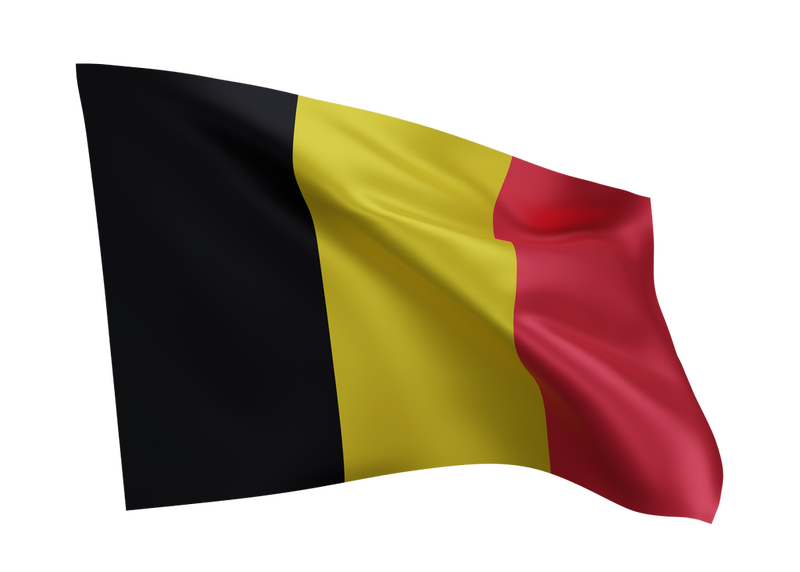In the list of obscure facts about Belgium, that it exports 80% of the world’s billiard balls is probably the most astounding. One fact that is well known is its affinity with beer.
Beer and Belgium
CHEERS | BEER



Belgium is surprisingly low-key as a country. Most people would be able to identify that it’s a nation known for its foods – waffles and chocolate (600 000 tons produced annually!), mussels and preferring to enjoy its potato fries with mayonnaise rather than tomato sauce – but it’s also where the European Parliament is located and where NATO is headquartered. There are hundreds of breweries in the low-lying country sandwiched between France’s northern border and the southern boundary of the Netherlands – and almost each brew has a different glass for its serving and consumption. It has been estimated that Belgians drink 68 litres of beer per person every year. Beer is part of Belgian culture: so much so that Unesco added Belgian beer culture to its list of ‘intangible cultural heritage of humanity’ in 2016.

There’s archaeological evidence from a dig at Ronchinne that a malthouse and brewery were in use as far back as the third and fourth century AD, during Roman times. “During the Early and High Middle Ages, beer was produced with gruit, a mix of herbs and spices that was first mentioned in 974 when the bishop of Liège was granted the right to sell it at Fosses-la-Ville,” Wikipedia states. “From the 14th century onwards, gruit was replaced by hops, after the example of imported beers from northern Germany and Holland. After that, several Belgian towns developed their own types of beer for export to other regions, most notably the white beer of Leuven and Hoegaarden, the caves of Lier and the uitzet of Ghent.”
The world’s biggest brewing company, AB InBev (which bought SA Breweries in 2016 in one of the biggest corporate deals seen in the republic), credits its origins to a few Belgian monks brewing beer in an abbey around 800 years ago. The brew was known as Leffe.
As the AB InBev history page reveals “In 1860, in the beer-friendly city of St. Louis, Eberhard Anheuser took control of the Bavarian Brewery. After partnering with Adolphus Busch, they formed the Anheuser-Busch Brewing Association. Together, through their pioneering and innovating spirit, they built a refrigerated rail car system that spread Budweiser beer across the United States and eventually the world.”Reference is made to the various strategic brewery takeovers and purchases that created the modern brewing behemoth: in Mexico, South Korea, South Africa, as well as Belgium’s Interbrew, the company formed by the merger of the country’s two largest breweries, Piedboeuf and Artois. In 2004 Interbrew and AmBev merged, later being joined by Anheuser-Busch to become AB InBev.
But initially the widespread Belgian beer tradition was very localised and production was small. The monks, for example, produced their brews mainly for their own consumption. Their Trappist beers really only gained any sort of renown from the late 1800s.
Coincidentally, it was around the same time that a change in the law made German-style bottom-fermenting beers viable in the country. This kickstarted larger volume brewing and is behind the growth of prominence of Belgian beers. Duvel, Stella Artois and Hoegaarden are probably the most globally prominent brands.
Duvel is a golden or blonde ale, a light form of pale ale, which explains its popularity worldwide while Stella Artois is a pilsner or lager. In the bitterness and alcohol stakes, Duvel has the edge with an ABV count of 8.5% compared to Stella’s 5.2%, according to Birrepedia.

Hoegaarden is an example of what the French would call a biére blanche – or white beer. Its origins stem from the Flemish area of Belgium when it was traditionally made with wheat and barley that were fermented and then flavoured with herbs or gruit. It was only after the Middle Ages when hops became more widely available that it became part of the process.
Interestingly, this style of beer was almost lost to Belgium in the 1950s. The story goes that the last witbier brewery, Tomsin, closed its doors in 1955 – in the town of Hoegaarden. One young farmer who lived in the town, Pierre Celis, revived the tradition in 1966. The unfiltered (and thus cloudy) fruity and refreshingly crisp golden beer taking its name from Hoegaarden, has gone on to become incredibly popular and widely consumed.
But for real beer geeks, the Trappist brews are preferred over Abbey beers because of authenticity. The International Trappist Association was established in 1997 and protects the authenticity of the brews since there are only 14 producers in the world, six of them Belgian. Abbey beers, on the other hand, can be made by non-Trappist monasteries; made by commercial breweries under licence or take the name of either a defunct abbey or even a fictitious one!





